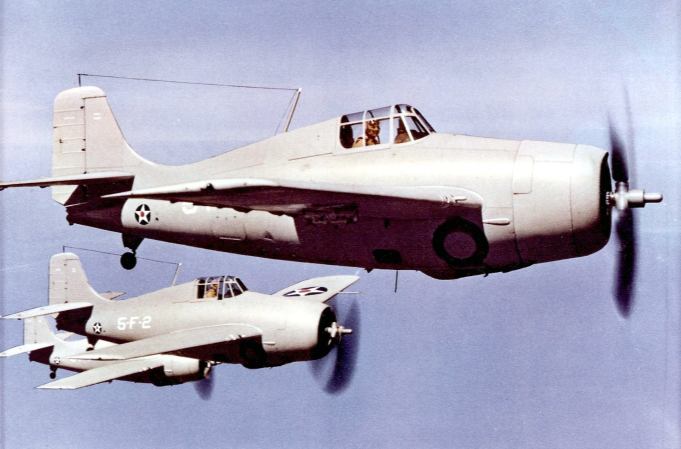When one thinks about Russia invading the Baltic states of Estonia, Latvia, and Lithuania, it’s hard not to imagine it being a cakewalk for the Russians. For instance, none of these countries have any fighters or tanks, according to orders of battle available at GlobalSecurity.org. Russia, it goes without saying, has lots of both.
So, how might NATO keep these countries from being overrun in a matter of days, or even hours? Much depends on how much warning is acquired. The United States plans to deploy an Armored Brigade Combat Team to Europe to join the 2nd Cavalry Regiment, which is getting upgraded Strykers.

Still, when Russia can send a formation like the First Guards Tank Army, the Americans will face very long odds until more forces can arrive by sea. That will take a while, and the Russians will likely use bombers like the Tu-22M Backfire to try to sink them, as described in Tom Clancy’s Red Storm Rising.
That said, the United States has a way to even the odds. One of the best is to use aircraft to take out tanks. In World War II, planes like the P-47 would be used against German tanks, as seen in this video. P-47s would fire rockets or drop bombs and each would kill a tank or two if they were lucky.

Today, there are more…surer ways to kill tanks. One of the best ways to kill a lot of tanks very quickly is to use a cluster bomb called the CBU-97. According to designation-systems.net, this bomb carries 10 BLU-108 submunitions, each of which has four “skeets.” Each skeet has an infra-red sensor, and fires an explosively-formed projectile, or EFP.
The EFP is capable of punching through the top armor of a tank or infantry fighting vehicle. So, each CBU-97 can take out up to 40 tanks, armored personnel carriers, or infantry fighting vehicles.
While fighters like the A-10 or F-15E can carry a decent number of CBU-97s, the B-1B Lancer can carry as many as 30. That allows it to take out up to 1,200 armored vehicles. The problem is that to use CBU-97s effectively, you have to get close enough for anti-aircraft guns and surface-to-air missiles.

But the CBU-97 can take something called the Wind-Corrected Munitions Dispenser kit. This kit adds an inertial navigation system. According to designation-systems.net, this allows the bomb, now designated CBU-105, to hit within 85 feet of an aimpoint. When dropped from 40,000 feet, the bomb can hit targets ten miles away.
Not bad, but still a little too close for comfort.
That is where the Wind Corrected Munitions Dispenser-Extended Range, or WCMD-ER comes in. This adds wings to the inertial navigation system, and the CBU-97 now is called the CBU-115, and it can hit targets up to 40 miles away.

This is what would allow a small force of B-1Bs — maybe six planes in total — to deliver a deadly knockout punch against a formation like the First Guards Tank Army. The B-1Bs would launch from way beyond the range of most missiles or guns.
The Russians’ only hope would be to send fighters like the Su-27 Flanker and MiG-29 Fulcrum to try to shoot down the B-1s before they can drop their cluster bombs. Not only would the Flankers and Fulcrums have to fight their way through NATO fighters, but in all likelihood, there would be surface ships like the Arleigh Burke-class destroyers in the Baltic Sea as well.
In all likelihood, the B-1s would be able to drop their bombs and then make their getaway with the help of a fighter escort. With over 7200 skeets being dropped on the First Guards Tank Army, the Russians are likely to suffer very heavy casualties — buying NATO time to get reinforcements to Estonia, Latvia, and Lithuania.

























